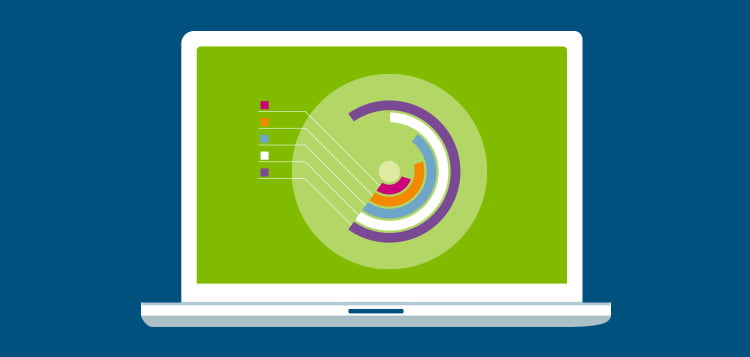Fascinated In Learning Exactly How Website Design Has Evolved? Take A Trip Through The Change
Fascinated In Learning Exactly How Website Design Has Evolved? Take A Trip Through The Change
Blog Article
Author-Kahn Trolle
In the past, websites were basic and focused on details. Navigation was direct, and layout was for desktop computers. Now, individual experience is key. Data overviews styles for easy navigation. Responsive formats match different tools. Today, dark mode reduces pressure, and minimal food selections improve navigation. Interactive attributes engage individuals, and strong visuals stand apart. AI combination improves interaction. See exactly how style has progressed to enhance your online trip.
Early Days of Website Design
In the very early days of website design, simpleness reigned supreme. Web sites were fundamental, with minimal colors, fonts, and formats. The emphasis was on supplying details rather than fancy visuals. Users accessed the web with slow-moving dial-up connections, so rate and performance were essential.
Navigating food selections were straightforward, typically located at the top or side of the web page. Websites were made for desktop computers, as mobile surfing had not been yet widespread. Material was king, and designers prioritized easy readability over complex layout components.
HTML was the key coding language utilized, and developers needed to work within its restrictions. Animations and interactive attributes were very little contrasted to today's standards. Internet sites were static, with little dynamic web content or tailored user experiences.
Rise of User-Focused Design
With the development of site layout, a shift towards user-focused style principles has actually come to be significantly prominent. Today, producing sites that focus on individual experience is essential for involving site visitors and accomplishing organization goals. User-focused style entails comprehending the requirements, preferences, and habits of your target market to tailor the internet site's layout, content, and includes accordingly.
Developers now conduct extensive research, such as user studies and usability screening, to collect insights and responses directly from users. This data-driven method assists in developing instinctive navigating, clear calls-to-action, and visually attractive user interfaces that resonate with visitors. By placing the customer at the facility of the layout process, websites can provide a more customized and delightful experience.
Receptive design has actually also become a vital facet of user-focused layout, ensuring that web sites are optimized for different tools and screen dimensions. This versatility improves ease of access and functionality, catering to the diverse means individuals engage with sites today. Basically, the surge of user-focused layout represents a shift in the direction of creating digital experiences that prioritize the requirements and assumptions of the end individual.
Modern Trends in Web Design
Explore the most recent patterns shaping website design today. One prominent pattern is dark setting layout, using a sleek and contemporary appearance while decreasing eye pressure in low-light environments. Another vital fad is minimalist navigating, simplifying food selections and enhancing user experience by concentrating on essential elements. Incorporating micro-interactions, such as animated switches or scrolling results, can create a more appealing and interactive web site. Receptive layout stays crucial, ensuring smooth user experiences throughout different tools. Furthermore, making use of vibrant typography and unbalanced layouts can add aesthetic rate of interest and accentuate specific material.
Integrating AI modern technology, like chatbots for customer support or personalized suggestions, improves user engagement and enhances processes. Accessibility has additionally come to be a substantial pattern, with designers prioritizing comprehensive layout techniques to accommodate diverse customer needs. Embracing sustainability by enhancing site performance for speed and efficiency is an additional emerging trend in web design. Working together with https://www.google.com/maps/place/Moon+and+Owl+Marketing/@32.9757271,-106.5344695,1840583m/data=!3m1!1e3!4m6!3m5!1s0x864ddeaa4179705b:0x488d41d2cc6b9750!8m2!3d32.9757271!4d-97.5696258!16s%2Fg%2F11b6mpccrg?entry=ttu&g_ep=EgoyMDI1MDIxMS4wIKXMDSoJLDEwMjExNDUzSAFQAw%3D%3D and information analytics to repeat and enhance style continuously is essential for remaining appropriate in the ever-evolving digital landscape. By accepting these contemporary patterns, you can develop an aesthetically appealing, straightforward web site that resonates with your target market.
Conclusion
As you assess the development of web site style from the very early days to now, you can see exactly how user-focused design has ended up being the driving force behind contemporary fads.
Welcome the journey of change and adaptation in website design, always keeping the customer experience at the forefront.
Stay present with the most recent patterns and innovations, and never ever quit advancing your method to create aesthetically spectacular and straightforward websites.
Progress, adapt, and develop - the future of website design is in your hands.
